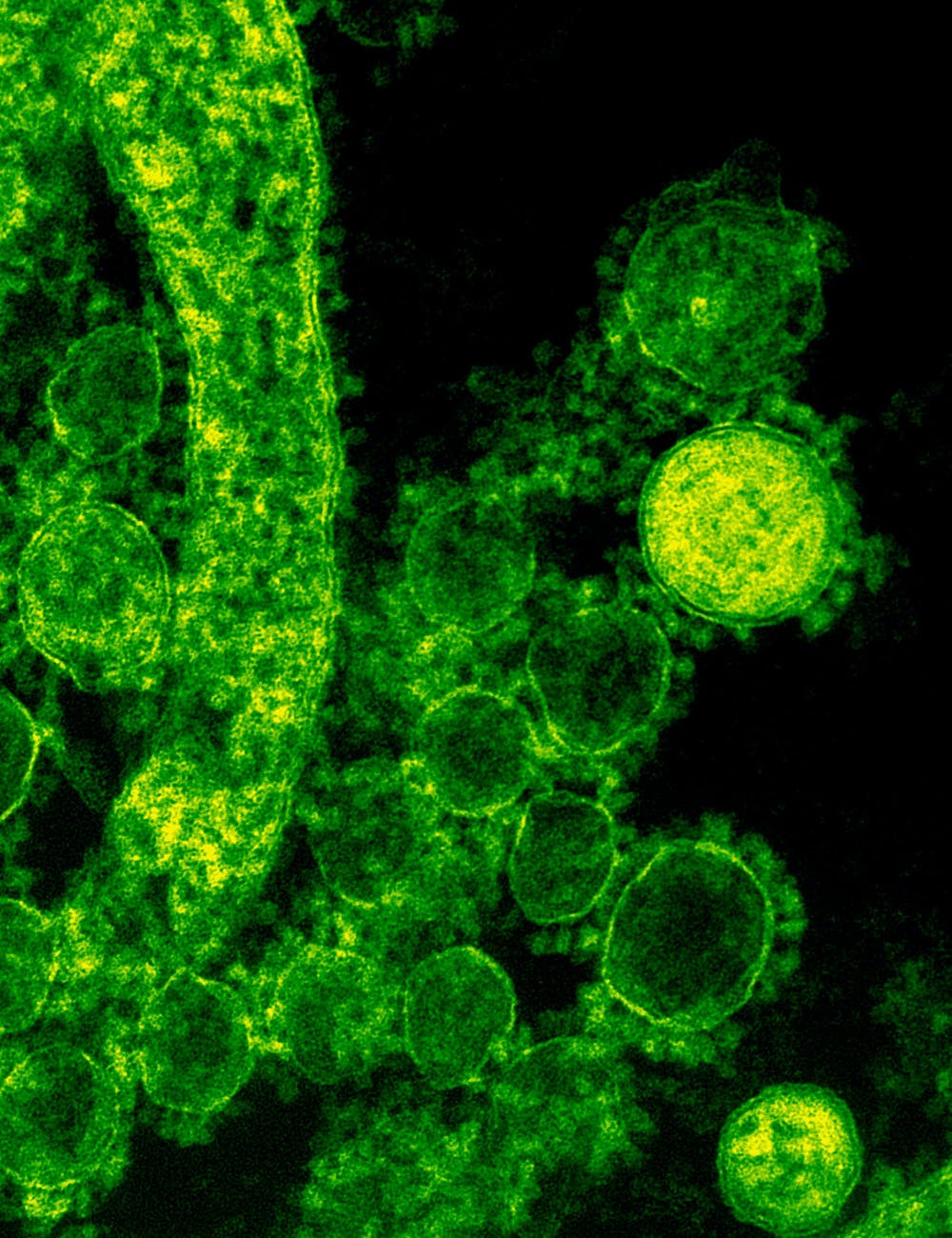
Introduction:
Fungi, ubiquitous and diverse, wield significant influence over ecosystems, affecting humans, animals, and crops alike. Despite their essential roles in decomposition and nutrient cycling, certain fungal species pose substantial risks to public health and agricultural productivity. Annually, fungal infections claim the lives of approximately 1.5 million individuals, while agricultural losses due to fungal diseases jeopardize food security worldwide. In response, the arsenal of chemical agents, particularly azoles, has been marshaled to combat these fungal adversaries. Yet, the rampant use of azoles raises alarms about the emergence of fungicide resistance, a phenomenon that threatens to undermine the efficacy of these crucial compounds. This exploration delves into the intricacies of fungicide resistance, its implications for human, animal, and plant health, and the imperative for proactive measures to mitigate its impact.
Understanding Fungicide Resistance:
At the forefront of the battle against pathogenic fungi, azoles stand as stalwart defenders. Widely employed in pharmaceuticals, agricultural pesticides, wood preservatives, and various other applications, azoles have proven indispensable in combating fungal infections and safeguarding crop yields. However, their pervasive use has catalyzed the evolution of resistance in fungal populations, imperiling the efficacy of these vital compounds. This section elucidates the mechanisms underlying fungicide resistance and the genetic dynamics driving its proliferation.
The Significance of Azoles:
Azoles represent a cornerstone in the armamentarium against fungal diseases, serving as primary therapeutics for human and animal infections and as pivotal components of agricultural fungicides. Their broad-spectrum activity and favorable safety profile have rendered them indispensable in disease management strategies across diverse sectors. Nevertheless, the indiscriminate application of azoles has inadvertently fueled the emergence of resistance, necessitating a nuanced understanding of resistance mechanisms and mitigation strategies.
The Impetus for Research:
Within the landscape of fungal pathogens, Aspergillus fumigatus looms large as a potential health threat, particularly for immunocompromised individuals vulnerable to invasive infections. Azoles constitute the primary line of defense against A. fumigatus, making the emergence of resistance a pressing concern. Amidst escalating global temperatures and changing environmental dynamics, the urgency of preemptive research efforts to monitor and mitigate azole resistance cannot be overstated.
Project NavAzole: Mapping Resistance Dynamics in Norway:
Led by the Norwegian Veterinary Institute, Project NavAzole epitomizes a concerted endeavor to elucidate the contours of azole resistance in Norway. Rooted in the One Health paradigm, this collaborative initiative seeks to unravel the interplay between human health, animal health, and environmental factors in driving resistance dynamics. By leveraging interdisciplinary expertise and fostering synergistic partnerships, Project NavAzole endeavors to inform evidence-based interventions to curb resistance proliferation.
Exploring Agricultural Hotspots:
Agricultural landscapes emerge as potential hotspots for the genesis and dissemination of azole resistance, underscoring the need for targeted investigations. Within cereal fields, where azole-based fungicides are routinely applied to mitigate fungal diseases, the specter of resistance looms large. By scrutinizing the prevalence of resistant A. fumigatus strains and their correlation with resistance in plant pathogens like Zymoseptoria tritici and Parastagonospora nodorum, researchers aim to elucidate the multifaceted dynamics of resistance proliferation.
The Role of Integrated Pest Management:
Amidst burgeoning concerns over fungicide resistance, integrated pest management (IPM) emerges as a linchpin strategy for sustainable disease management. By emphasizing holistic approaches that minimize reliance on chemical interventions, IPM offers a pathway towards mitigating resistance pressures while preserving ecosystem integrity. Through judicious fungicide application, crop rotation, and cultural practices, IPM fosters resilience against fungal pathogens while curbing the emergence of resistance.
Norway’s Preventive Paradigm:
In Norway, a proactive stance towards fungicide resistance underscores the nation’s commitment to safeguarding agricultural sustainability and public health. While current surveillance efforts indicate a manageable situation, vigilance remains paramount. By prioritizing preventive measures and fostering interdisciplinary collaborations, Norway endeavors to forestall the encroachment of resistance while preserving the efficacy of azole-based interventions.
Challenges and Opportunities:
As the specter of fungicide resistance looms large, navigating the complex terrain of resistance management presents both challenges and opportunities. Diversifying fungicidal strategies, embracing precision agriculture, and enhancing surveillance frameworks offer avenues for bolstering resistance mitigation efforts. By harnessing technological innovations and fostering international cooperation, stakeholders can collectively confront the looming threat of fungicide resistance and chart a course towards sustainable disease management.
Conclusion:
In the face of escalating fungal threats and mounting concerns over fungicide resistance, concerted action is imperative to safeguard human, animal, and plant health. Through collaborative research endeavors, proactive surveillance measures, and the adoption of integrated disease management strategies, stakeholders can mitigate the proliferation of resistance while preserving the efficacy of azole-based interventions. By embracing a holistic One Health approach and fostering interdisciplinary collaborations, humanity can confront the multifaceted challenges posed by fungicide resistance and chart a course towards a resilient and sustainable future.

